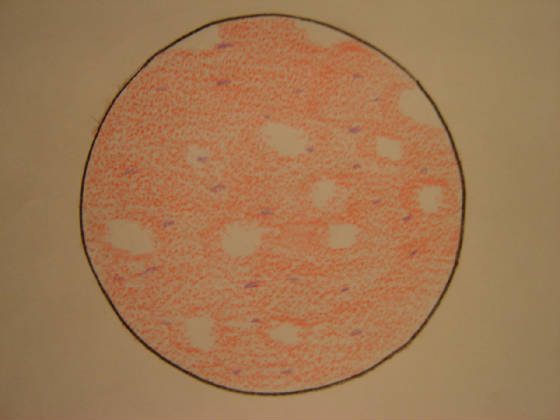|
The human liver is the largest organ in the abdomen and is found under the diaphragm on the right
side. It is a soft, reddish-brown organ supplied by the hepatic artery and portal vein. Normally weighing between 1 and 2.5
kg in adults, the liver plays a major role in metabolism, glycogen storage, detoxification, protein synthesis and the production
of bile required for food digestion. The liver is covered by a thin two-layer membrane called a visceral peritoneum which
reduces friction against nearby organs, and is traditionally divided into four lobes. The liver is responsible for several
functions. Firstly, in carbohydrate metabolism the liver forms glucose from certain amino acids, lactate, glycerol or glycogen,
as well as converting glucose into glycogen for storage. In addition to storing glucose as glycogen, the liver also stores
vitamin B12, iron and copper. Secondly, in lipid metabolism the liver is responsible for the synthesis of cholesterol and
triglyceride production. Thirdly, it neutralizes toxins, medicine, hemoglobin and converts ammonia to urea. The liver is also
responsible for the production of coagulation factors, protein C and S and an thrombin. The liver is the only internal organ
in humans with the ability to regenerate to full size from as little as 25% remaining tissue.
|






